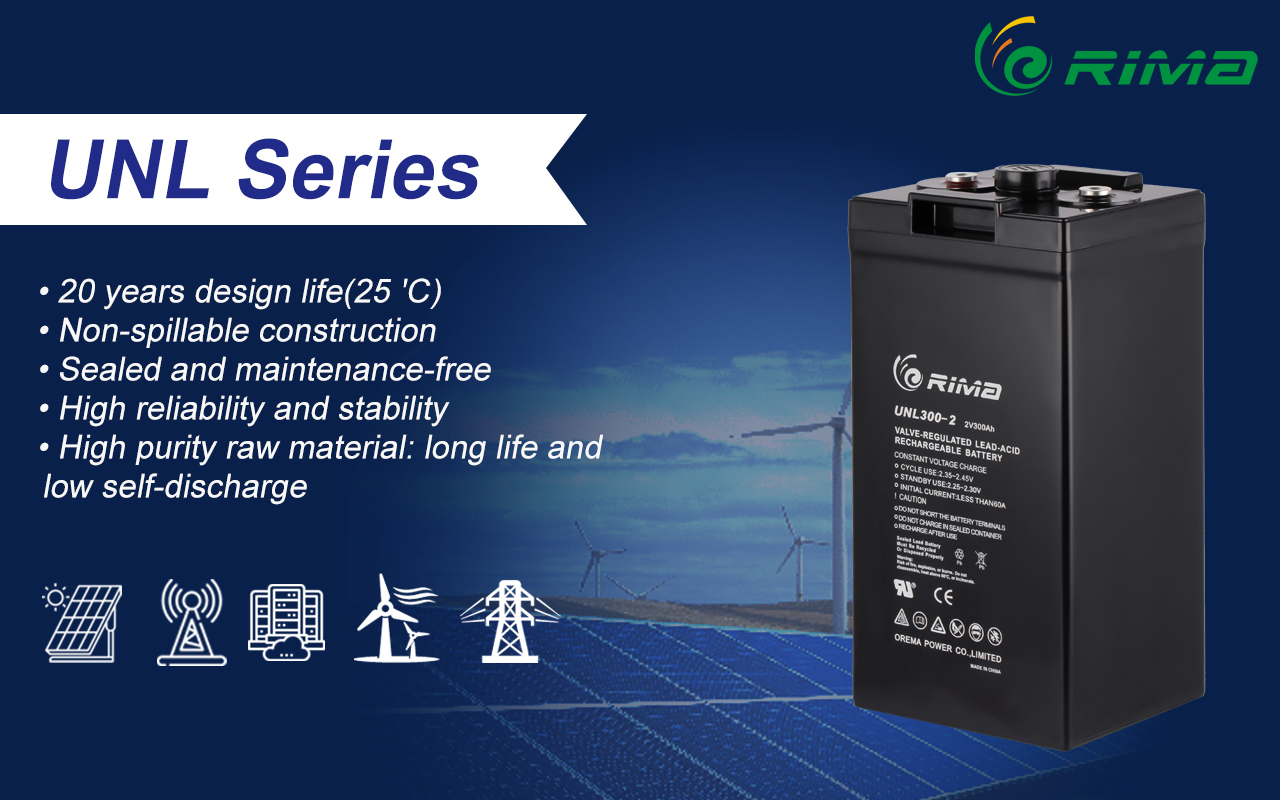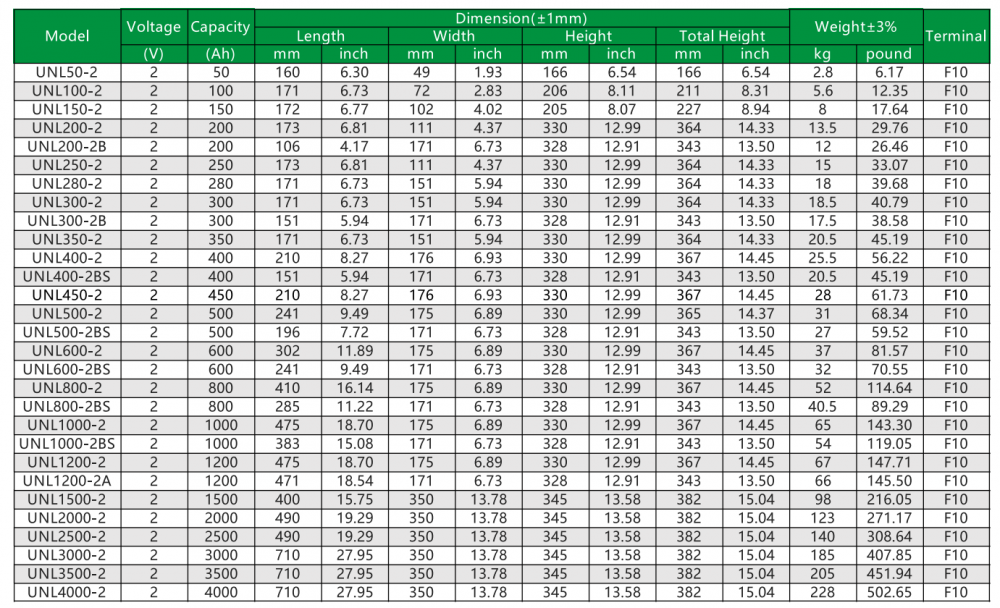Light-emitting diode ( LED ) technology has made rapid progress, and improvements in chip design and materials have led to the development of brighter, more durable light sources, enabling a wider range of light source applications. The continuous enhancement of energy-saving awareness has also accelerated the popularity of LED lighting technology. Nowadays, LED lamps are rapidly replacing traditional lighting methods with many advantages. First, the new LED bulbs have low power consumption from 0.83 to 7.3 watts and can last for 50,000 hours. LED bulbs are heat-resistant, shock-resistant and ready-to-use. Suitable for occasions requiring frequent switching operations, helping to meet safety and green initiatives; LEDs do not contain mercury, bulbs are not hot to the touch, and can be fully dimmed; and bulbs do not change color, and incandescent lamps emit when dimmed Yellow; finally, a power stabilizer that does not interfere with radio and television signals. Although this technology is becoming more and more popular, LED lighting manufacturers must continue to overcome the problem of strong thermal sensitivity of LED light sources. Excessive heat or improper application can compromise the performance of LED light sources.
Thermal management determines LED life
A luminaire using a 60 watt incandescent bulb produces approximately 900 lumens of illumination and must dissipate 3 watts of heat by conduction. Using a typical DC LED as the light source to achieve the same 900 lumens requires only twelve LEDs. Assuming a forward voltage (VF) of 3.2 volts and a current of 350 mA, the input power of the luminaire can be calculated according to the following formula 1:
Power = 12x3.2 volts x350 mA = 13.4 watts... Equation 1
In this case, about 20% of the input power is converted to light and 80% is converted to heat. Depending on a variety of factors, heating may be related to underlying irregularities as well as phonon emissions, seals, materials, and the like. Of the total heat generated by the LED, 90% is transmitted through conduction. Table 1 shows the dissipation of heat from the LED junction. Conduction is the primary channel for heat conduction because convection and radiation account for only about 10% of total heat transfer. For example, an LED may convert nearly 10.72 watts of heat (13.4 watts x 0.8). Among them, 9.648 watts (10.72 watts × 0.9) is transmitted or migrated from the LED junction through conduction. Clearly, LED light sources require precise power and thermal management systems because most of the power supplied to the LEDs is converted to heat compared to other sources. This heat can affect LED life and color output without proper thermal management. At the same time, since the LED driver is a silicon component, it will soon fail, so a fail-safe backup overcurrent protection device must be provided.
Step into the world of superior power solutions with OREMA's RIMA UNL series 2V AGM Long Life batteries. Crafted with precision and care, these batteries epitomize over two decades of industry-leading expertise in the field of advanced battery technology. Perfect for critical power applications, they offer unmatched reliability and performance.

Key Features of RIMA UNL Series 2V AGM Long Life Batteries:
Extended Service Life: The RIMA UNL series is synonymous with longevity. These 2V Long Life Batteries are designed to deliver outstanding service life, ensuring continuous and uninterrupted power for all critical applications.The RIMA UNL series 2V Long Life Battery produced by OREMA adopts the extra-thick plate technology of AGM high elastic diaphragm and special paste formula, which provides stable Battery charging and discharging performance and long service life, more than double the service life of General Purpose batteries.
Advanced AGM Technology: At the heart of the RIMA UNL series is our cutting-edge AGM Battery technology, providing superior performance and minimal maintenance. This leads to a more cost-effective and reliable operation over the long term.
Maintenance-Free Design: Our RIMA UNL series batteries feature a maintenance-free design thanks to their Valve Regulated Lead Acid (VRLA) technology. This not only guarantees safety but also offers ease of use, making them an ideal choice for various applications.
Durable and Secure Construction: Each RIMA UNL series battery is housed in a rugged, impact-resistant ABS case, ensuring durability and safety in demanding environments.
Versatile Applications of RIMA UNL Series 2V AGM Battery:
Uninterruptible Power Supplies (UPS)
Telecommunications
Data Centers
Network Communications
Military and Emergency Power Systems
Commitment to Quality and Environment:
The RIMA UNL series 2V AGM Long Life Batteries from OREMA are more than just a product; they are a promise of efficiency, reliability, and sustainability. Designed to meet the stringent demands of various power applications, they are the ideal strategic choice for long-term, reliable power solutions. Connect with OREMA today to discover how the RIMA UNL series can power your future.
RIMA UNL Series Specification 2V AGM Long life battery specification

Long Life Battery,2V Long Life Battery,2V AGM Battery,2V AGM long life battery,2V AGM Long Life Batteries
OREMA POWER CO., LTD. , https://www.oremabattery.com
